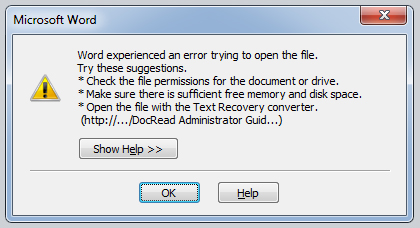

Realize that a failover cluster deployment has different prerequisites, such as the supported disk bus types, the supported resiliency types, and the minimum number of disks that are required. If you want to deploy Storage Spaces on a failover cluster, see the topic Deploy a Storage Spaces cluster on Windows Server 2012 R2. For information about these additional parameters, see New-VirtualDisk and What are columns and how does Storage Spaces decide how many to use? in Storage Spaces Frequently Asked Questions (FAQ). Through Windows PowerShell, you can set additional parameters such as the number of columns, the interleave value, and which physical disks in the pool to use. When you create a virtual disk through the File and Storage Services user interface, you can configure the resiliency type (simple, mirror, or parity), the provisioning type (thin or fixed), and the size. A storage space appears to the Windows operating system as a regular disk from which you can create formatted volumes. These virtual disks are also referred to as storage spaces.

A storage pool enables storage aggregation, elastic capacity expansion, and delegated administration.įrom a storage pool, you can create one or more virtual disks. A storage pool is a collection of physical disks. To create a storage space, you must first create one or more storage pools.
#Microsoft word stand alone on disc how to#
For information about how to create a clustered storage space, see Deploy a Storage Spaces cluster on Windows Server 2012 R2. This topic describes how to deploy Storage Spaces on a stand-alone Windows Server 2012−based server. Applies To: Windows Server 2016, Windows Server 2012 R2, Windows Server 2012


 0 kommentar(er)
0 kommentar(er)
